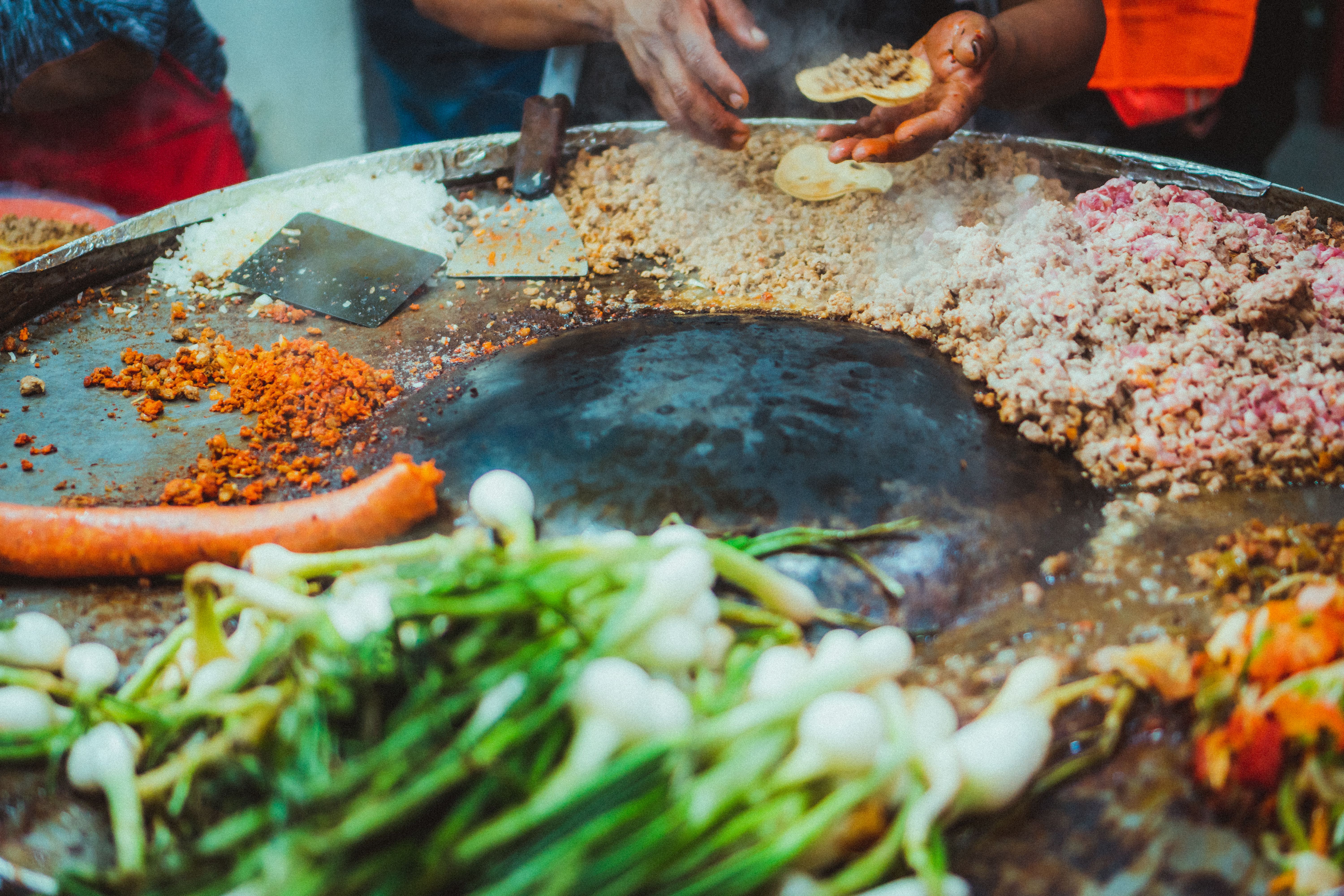Enhance Your Cooking: Top Spices for Global Dishes
Spices are the soul of culinary art, infusing vibrant flavors and captivating aromas into dishes from all corners of the globe. Whether you're a seasoned chef or a home cook, understanding the power of spices can elevate your culinary creations to new heights. In this post, we'll explore essential spices that can transform your cooking and transport your taste buds on a global journey.
The Allure of Indian Spices
Indian cuisine is renowned for its rich tapestry of spices, each contributing to its complex flavor profiles. Cumin is one of the most frequently used spices, known for its earthy and warming qualities. It's a staple in many Indian dishes, providing a robust foundation for curries and dals.
Turmeric, with its vibrant yellow hue, not only adds color but also a slightly bitter, peppery flavor. It's celebrated for its anti-inflammatory properties and is a key ingredient in dishes like biryanis and masalas.

Middle Eastern Spices: A Symphony of Flavors
The Middle East offers a treasure trove of spices that create aromatic and flavorful dishes. Sumac is a must-have spice with its tangy, lemony taste that brightens salads and grilled meats. It's often sprinkled over hummus for an extra zest.
Zaatar, a blend of thyme, sesame seeds, and sumac, is another quintessential Middle Eastern spice mix. It pairs beautifully with olive oil and bread, making it a popular choice for breakfast or an appetizer.
Asian Spices: Aromatic and Bold
Asian cuisines are famed for their unique use of spices, creating dishes that are both aromatic and bold. Ginger is a cornerstone in many Asian recipes, adding warmth and spice to stir-fries, soups, and marinades.
Sichuan peppercorns bring a distinctive numbing sensation combined with citrusy notes, essential in Sichuan cuisine. They elevate dishes like Kung Pao chicken and mapo tofu with their unique flavor profile.

Latin American Spices: Heat and Depth
Latin American cooking is known for its vibrant flavors and use of spices that add heat and depth. Cilantro, although technically an herb, is used as a spice in many Latin dishes, offering a fresh, citrusy flavor that complements spicy ingredients.
Paprika, whether smoked or sweet, is frequently used in Latin American cuisine to add color and a mild spicy sweetness to dishes like chorizo and paella.

European Spices: Classic and Timeless
European cuisine might not be as spice-heavy as other regions, but it certainly has its classics. Basil is synonymous with Italian cooking, providing a fragrant sweetness that elevates pasta sauces and pesto.
Saffron, the most expensive spice by weight, is prized for its delicate floral flavor and vibrant color. Often used in Spanish paella and French bouillabaisse, it imparts an unmistakable aroma and taste.
Incorporating these global spices into your cooking can enhance your dishes with new dimensions of flavor. Experimenting with these spices allows you to create meals that not only satisfy the palate but also tell a story of cultures and traditions from around the world.
